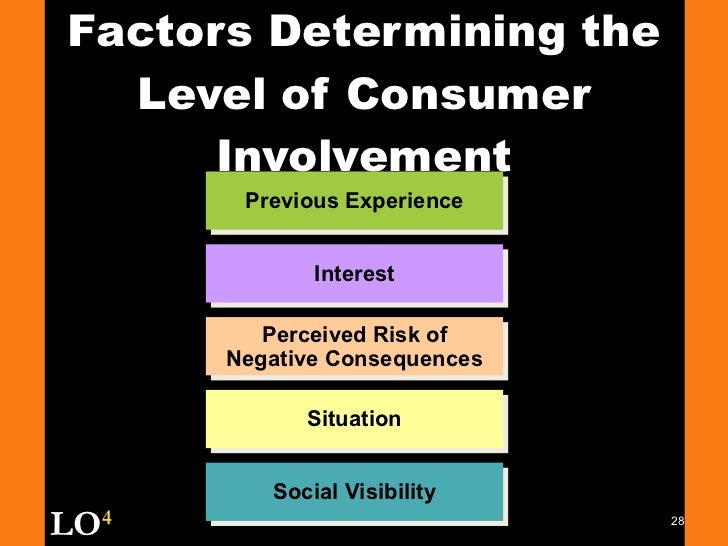The main point that I took from this chapter is right at the beginning, a consumer's product and service preferences are constantly changing. If a marketer can understand this, they can use it to their advantage in order to produce a successful product.
 This week, I have chosen a different approach to my blog. To me, the most effective way to understand the concepts in chapter six was to pick a product that I bought and evaluate it based on the information presented throughout the chapter. The product I have chosen is my iPhone 5. The image to the left is the exact phone and case that I own and use today; however, I will be focusing on the phone itself.
This week, I have chosen a different approach to my blog. To me, the most effective way to understand the concepts in chapter six was to pick a product that I bought and evaluate it based on the information presented throughout the chapter. The product I have chosen is my iPhone 5. The image to the left is the exact phone and case that I own and use today; however, I will be focusing on the phone itself.One of the biggest components of buying a product is value. The perceived value I expected from this phone was an increased performance from my previous one, as well as ability to enhance my connection to my friends, family, and the world. This phone also has utilitarian value because it allows me to search for answers to questions, call my parents, and so much more. Finally it has hedonic value because it provides me with satisfaction through additional applications and games.
When choosing to buy this phone, I went through the decision making process as follows:
- Recognized Need: My old phone was not working at standards high enough for me to function smoothly so I needed to purchase a new one.
- Information Search: I didn't want to just pick a phone at random so I researched cost, specs, colors, etc. until I found some options for myself to choose from (aka. an evoked set).
- Evaluation: I developed criteria about what was most important to me about the phone and narrowed my options down to just a couple.
- Purchase: I chose whether or not to buy a new phone, when to buy it, which one to buy, where to buy it, and how to pay for it (THANKS MOM!)
- Post Purchase Behavior: After purchasing my phone, I have been evaluating it's performance and whether or not it has met my expectations, as well as reducing doubts I may have had with my purchase and justifying it to myself and others.
My involvement in this purchase was high for a few reasons.
- I did not have much experience buying a phone in the past.
- I had a high level of interest in purchasing a phone I would like and that would perform well.
- I felt there was a high risk in choosing the wrong phone for my needs.
- I knew that the people around me would analyze the decision I had made because a phone is such a visible part of a teenager's life.
Buying my phone was an extensive decision making process because I was unfamiliar with the products offered, it was an expensive product to buy, I don't buy phones frequently, and I had a high level of involvement in the purchase.
The rest of the chapter discusses factors that influence a purchasing decision.
One cultural factor that influenced my purchase was social class. Since I fall within the middle to upper middle class, I was able to purchase a phone with a bit of a higher price, and one that has more extra functions than a phone someone of a lower class might be able to afford. A social factor that influenced my purchase was my family because they were helping to pay for the phone and knew more about what I might want/need. A personal factor that influenced my purchase was my age because taste is often related to age and I bought a phone that most people my age owned at the time. Finally, a psychological factor that influenced my purchase was perception. I found this to be quite important because I perceived the iPhone brand as high quality without knowing as much about it as I could have.
SMART PROJECT
Clearly, marketing is an extremely important aspect of our Smart Project. I think this chapter opened my eyes to just how important the consumer is. Even though we don't actually have to sell our product to anyone, it is important to always consider that what you are making should be something a consumer would want to buy. Understanding how consumers make decisions will greatly influence not only how we make our product, but how we can effectively market it to meet societal needs.
For example if we can determine the level of involvement a consumer might have in our product, we will better understand how they are making the decision to buy the good. By understanding how they make that decision, we can market our product in a way that meets their wants and needs. In saying this, I mean that if a consumer were to have a high level involvement we would know to have extensive information and details backing up our product so they trusted our claims about the product's ability to function properly.
Overall, I truly believe that the consumer's decision making process is crucial to understand in order to produce a successful product. Without this knowledge, a marketer will be unable to evaluate the consumer in a way that is useful to either party.
Until next week!
-Kristen


No comments:
Post a Comment